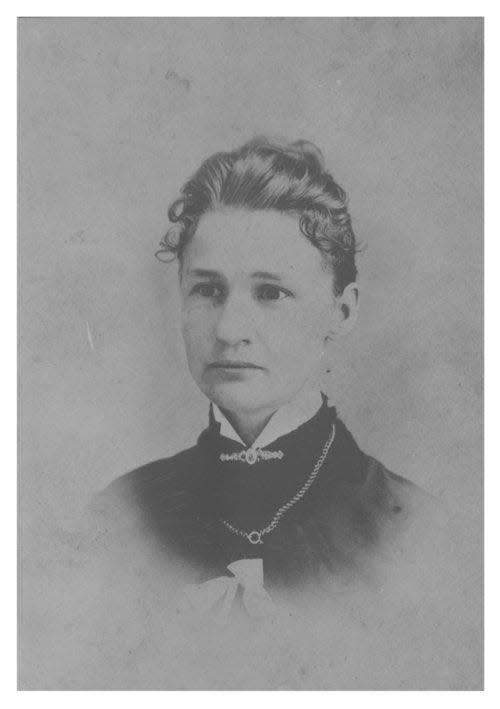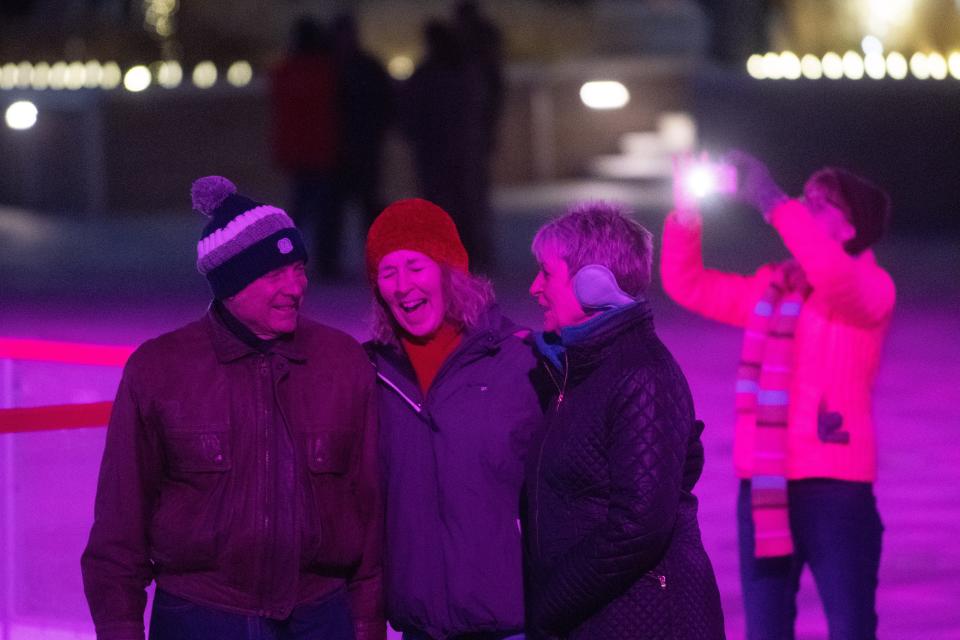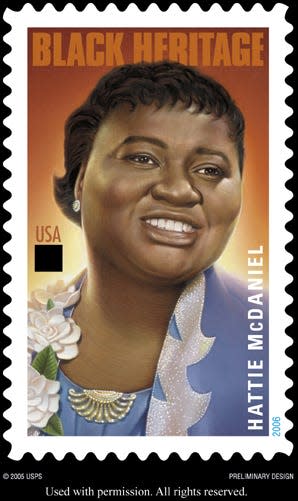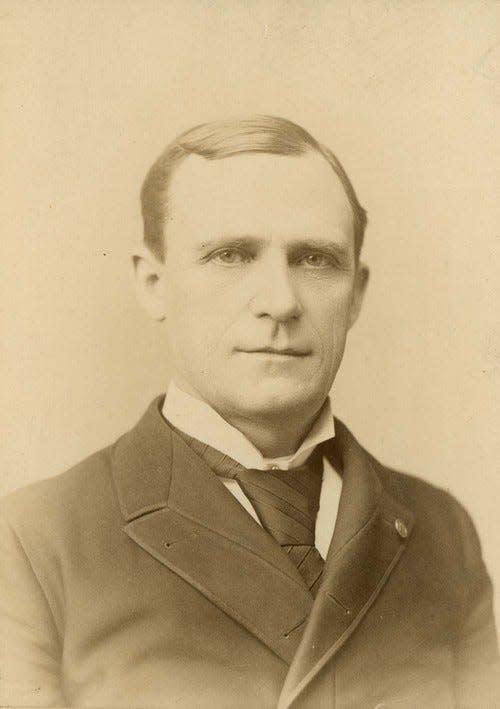Kansas has 800-plus caves — and 7 other things you didn't know about the Sunflower State
Kansas is home to the world's biggest ball of twine, at Cawker City in the north-central part of the state, where a “Twine-a-Thon” is held each August to add fibers to the ball.
The Sunflower State also features the geographical center of the contiguous U.S., which is about two miles northwest of Lebanon in north-central Kansas.
As Kansas prepares to celebrate its 162nd birthday Sunday, here are eight things you probably didn't know about the 34th state.
Kansas has more than soil underground

Kansas is 18th among the 50 states in terms of the number of caves that have been discovered here, which totals more than 800, according to the Kansas Geological Survey. Caves have been found in 51 of the state's 105 counties, it said.
Barber and Comanche counties in south-central Kansas contain more caves than all other Kansas counties combined, the Geological Survey said. Comanche County has more than 235, and Barber County more than 205.
The state's two longest mapped caves are in Butler County in south-central Kansas, the Geological Survey said. Those are 8,529 feet long and 7,285 feet long, respectively, it said.
The nation's first woman mayor

As a joke, several men in 1887 nominated Susanna Madora Salter, a 27-year-old Woman's Christian Temperance Union officer, on the Prohibition Party ticket to be mayor of Argonia in south-central Kansas.
But the joke was on them.
"Salter surprised the group and received two-thirds of the votes," says the website of the Kansas Historical Society. "She was elected in April 4, 1887, just weeks after Kansas women had gained the right to vote in city elections."
Salter became the first woman mayor in the U.S. She held that office for one year and later moved to Oklahoma, where she died in 1961 at age 101.
First Christian martyr

The Kansas Knights of Columbus in 1950 erected a cross along US-56 highway, three miles west of Lyons in central Kansas, to honor Father Juan de Padilla, the first Christian martyr to be killed in what is now the U.S.
Padilla was among four Franciscan priests who accompanied Spanish explorer Francisco Vasquez de Coronado on an expedition he led that passed through Kansas in 1541, according to the website of the Kansas Historical Society.
Padilla returned to Kansas and began doing missionary work the following year but was killed when he decided to leave to work with other tribes, that site said.
One city, five restaurant chains
Wichita became the birthplace of restaurant chains White Castle in 1921, Pizza Hut in 1958, Taco Grande in 1960, Taco Tico in 1962 and Spangles in 1978.
Today, Pizza Hut maintains more than 18,000 restaurants worldwide. White Castle has 377 — but none in Kansas. Spangles has 27, all in Kansas. Taco Grande has one, at Wichita.
Taco Tico maintained seven restaurants as of 2019, all in Kansas, while privately owned Taco Ticos operate at 10 other sites in Kansas, Oklahoma, Iowa, Texas, Kentucky and Louisiana.
It was quiet on Topeka streets ...

Singing loudly late at night on Topeka streets used to be illegal.
The ordinance involved was repealed in 2011, The Capital-Journal was told in 2017 by Lisa Robertson, then Topeka's city attorney.
That ordinance banned "yelling, shouting, hooting, whistling or singing on the public streets, particularly between the hours of 11 p.m. and 7 a.m., or at any time or place so as to annoy or distribute the quiet, comfort or repose of persons in any office, or in any dwelling, hotel or other type of residence, or of any persons in the city."
Chiseled from marble

An extravagant memorial at a gravesite at Hiawatha in northeast Kansas features 11 detailed, life-sized sculptures of the man and woman who are buried there. The statues are made mostly of Italian marble.
John Davis, a wealthy farmer, had the memorial built in Hiawatha's Mount Hope Cemetery after the death in 1930 of his wife, 70-year-old Sarah Davis. John Davis died at age 92 in 1947 and was buried at the site.
The memorial has statues of the couple sitting together at four different points in their lives; John Davis sitting alone near the end of his life in a chair next to a vacant chair; Sarah Davis, with angel’s wings, at the base of her husband’s grave; and John Davis at the base of his wife’s grave. Due to vandalism, the latter statue no longer has a head.
'Gone With the Wind'

A Kansas native became the first African-American actor to win an Academy Award.
Hattie McDaniel, born to formerly enslaved parents in Wichita, won the award for Best Supporting Actress for her performance as "Mammy" in the classic 1939 film, "Gone With the Wind."
McDaniel wasn't allowed to attend that film's premiere in Atlanta because it was held in a theater that was open to whites only. She died in 1952, and was featured in 2006 on a stamp issued by the U.S. Postal Service.
No mustache, no beard

The first 10 governors of Kansas all had beards and/or mustaches.
Kansas' first clean-shaven governor was its 11th, Lyman Underwood Humphrey, of Independence in southeast Kansas, who held that office from 1889 to 1893. Humphrey died in 1915 at age 71.
George T. Anthony, the state's governor from 1877 to 1879, is shown as being clean-shaven in some photos but wears a mustache in a photo displayed on the website of the Kansas Historical Society.
Contact Tim Hrenchir at threnchir@gannett.com or 785-213-5934.
This article originally appeared on Topeka Capital-Journal: Caves, first female mayor in U.S., facial hair and more about Kansas
